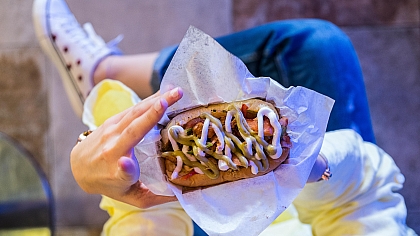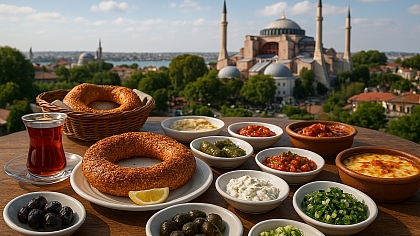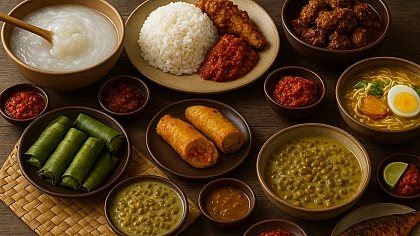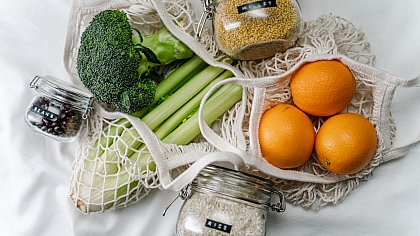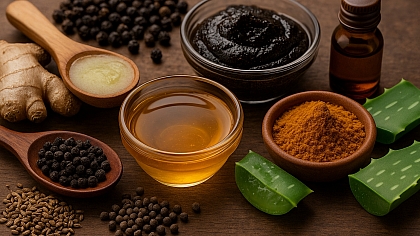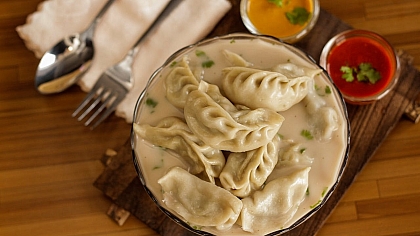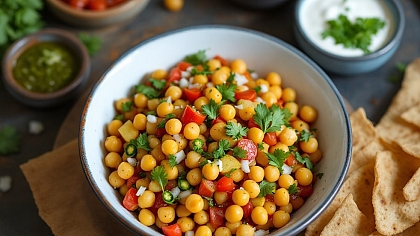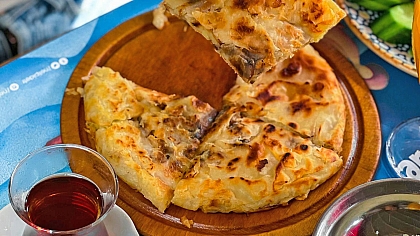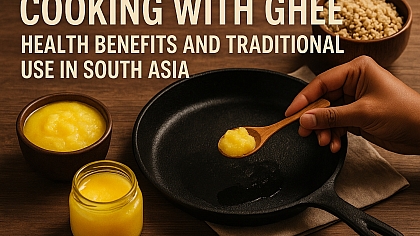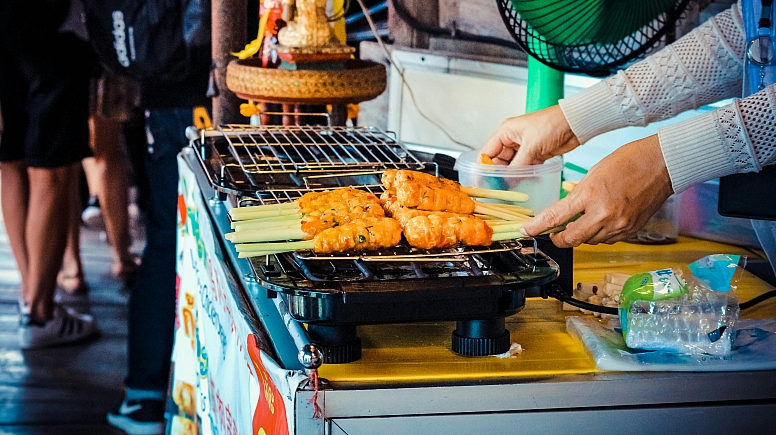
Culinary Journeys Through Turkey and Southeast Asia That Inspire
Embarking on a culinary journey through Turkey and Southeast Asia is like exploring a world where history, culture, and flavor intertwine beautifully.
From the bustling bazaars of Istanbul with the aroma of simit and spiced kebabs to Bangkok and Hanoi’s markets. Every corner offers something unique. Each destination tells a delicious story through its rich flavors and culinary traditions.
These regions celebrate food not just as nourishment but as a shared experience that connects people and traditions. In this article, we’ll explore how the culinary landscapes of Turkey and Southeast Asia inspire creativity, connection, and a love for authentic flavors.
Istanbul, Turkey
A study by the Mastercard Economics Institute examined the different countries tourists came from when dining in various cities. Istanbul led the rankings, attracting diners from 67 nations. This makes it the most internationally diverse culinary city among the 43 cities measured.
The city offers a rich tapestry of flavors that reflect its history and culture. Food lovers can explore bustling spice markets, such as the Egyptian Bazaar, filled with saffron, sumac, and dried fruits. Street foods like simit, roasted chestnuts, and freshly grilled kebabs are must-tries. Traditional Turkish breakfasts featuring cheeses, olives, tomatoes, and honey offer a leisurely culinary experience.
Iconic desserts like baklava and künefe at historic cafes in Sultanahmet complete the journey. Every corner provides a taste of Istanbul’s vibrant culinary heritage.
Cappadocia, Turkey
Cappadocia, Turkey, is a culinary and cultural gem, known for its breathtaking landscapes and rich regional cuisine. Among its specialties, testi kebab is a savory meat and vegetable stew cooked in a sealed clay pot. It is a must-try and offers a unique taste of the region.
Another favorite is gözleme, a thin stuffed flatbread filled with cheese, spinach, or spiced meats. It is perfect for enjoying while exploring the fairy-tale valleys.
When exploring remote areas, travelers should remain mindful of safety, especially when using ride-hailing services. The Uber sexual assault lawsuit highlights the risks of inadequate safety measures and the importance of choosing reliable transport.
According to TruLaw, this lawsuit is a sexual assault multidistrict litigation, MDL No. 3084. It combines over 2,500 cases against Uber for allegedly failing to protect passengers with proper screening and safety measures.
Being cautious ensures culinary adventures remain both memorable and secure.
Gaziantep, Turkey
Gaziantep is often hailed as the culinary capital of southeastern Turkey, celebrated for its rich flavors and traditional recipes. The city is especially renowned for its mastery of nuts, spices, and regional specialties that define its unique culinary identity.
The TasteAtlas Awards 24/25 ranked the 100 Best Food Cities in the world from a pool of 17,073 cities. Gaziantep earned the 18th spot with an impressive rating of 4.66, highlighting its reputation as a culinary destination.
Food lovers can indulge in the city’s famed baklava and Katmer, both rated 4.5, or sample hearty local soups like Yuvarlama çorbası (3.9) and Beyran çorbası (4.6). Savory dishes such as Alinazik kebab (4.4) showcase the region’s mastery of meat and spices. Exploring local markets, traditional bakeries, and street food stalls provides a true taste of Gaziantep’s unique culinary heritage.
Bangkok, Thailand
Bangkok is a paradise for food lovers. Here, every street corner, night market, and riverside eatery offers a vibrant taste of Thai cuisine. From spicy curries and aromatic noodle dishes to fresh seafood and tropical fruits, the city’s flavors are bold and unforgettable. Visitors can wander through bustling markets like Chatuchak or Or Tor Kor, sampling local delicacies such as som tam, satay, and coconut-based desserts.
According to Outlook Traveller, the “Chinatown Food Tour” along Yaowarat Road is a popular choice. It lets travelers savor a mix of Chinese and Thai specialties, including dim sum, duck noodles, and mango sticky rice.
For a broader culinary journey, the “Bangkok Food and City Tour” covers multiple neighborhoods. It gives travelers a chance to taste regional specialties and experience the diversity of Thailand’s rich food culture.
Penang, Malaysia
A trip to Penang is like stepping into a flavorful mosaic of cultures where every bite tells a story of Malaysia’s diverse heritage. According to Focus on Travel News, Lonely Planet named Penang the world’s No. 1 food destination in 2011, drawing visitors from across the globe to experience its vibrant street food scene. Hawker stalls line the bustling streets, serving dishes that capture the island’s rich culinary soul.
Among the local favorites are Char Koay Teow, a smoky stir-fried noodle dish with prawns and eggs. Assam Laksa, a tangy tamarind and fish broth brimming with spice, is a popular local specialty. Chee Cheong Fun, made of soft rice rolls topped with flavorful sauces, is also a must-try delight.
To finish on a sweet note, Penang’s famous desserts, such as Ais Kacang, a colorful shaved ice with sweet beans, are local favorites. Cendol is equally loved for its refreshing blend of coconut milk and green jelly strips. They promise a perfect end to this delicious journey.
Ho Chi Minh City, Vietnam
Ho Chi Minh City, the culinary heart of Vietnam, blends street-side simplicity with bold flavors. The city’s food scene highlights fresh ingredients, balanced spices, and aromatic herbs.
Local favorites include Bánh Xèo, crispy rice pancakes with pork and shrimp, and Phở, a fragrant noodle soup enjoyed by all. Visitors can explore bustling markets and stalls to try Gỏi Cuốn, fresh spring rolls.
They can also sip Cà Phê Sữa Đá, Vietnam’s iconic sweet iced coffee. Every bite and sip reflects the city’s vibrant spirit and passion for good food.
Frequently Asked Questions
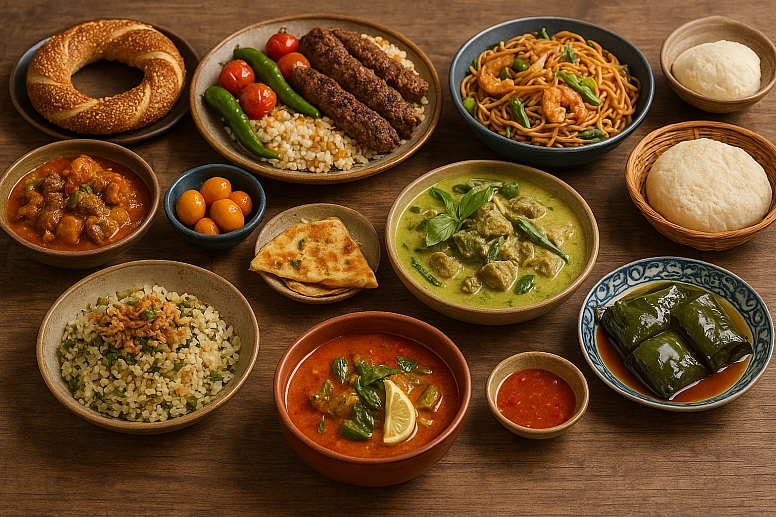
How can I find authentic local recipes while traveling abroad?
To find authentic local recipes while traveling abroad, visit local markets, street food stalls, and family-run restaurants. Take cooking classes, ask residents for recommendations, and explore food blogs or social media of locals. Engaging with the community ensures genuine flavors and traditional techniques.
How do I navigate language barriers when ordering food in local markets?
To navigate language barriers in local markets, learn key food-related phrases, use translation apps, or carry a picture menu. Observing locals, pointing to ingredients, and smiling can help. Patience and a friendly approach make ordering easier and more enjoyable.
What are the best ways to document culinary experiences while traveling?
The best ways to document culinary experiences while traveling include taking photos and videos of dishes and keeping a food journal. You can also note restaurant names and recipes and share your experiences on social media or blogs. Recording flavors and stories preserves memories for future reference.
Savoring the Flavors of Turkey and Southeast Asia
A culinary journey through Turkey and Southeast Asia offers more than just food; it is an exploration of culture, history, and community. From Istanbul’s bustling spice markets to Bangkok and Penang’s vibrant street food scenes, each destination showcases unique flavors and traditions.
Sampling local specialties, desserts, and beverages allows travelers to connect with the people and stories behind every dish. These experiences leave lasting memories, inspiring a deeper appreciation for authentic flavors and the rich culinary heritage of the region.

